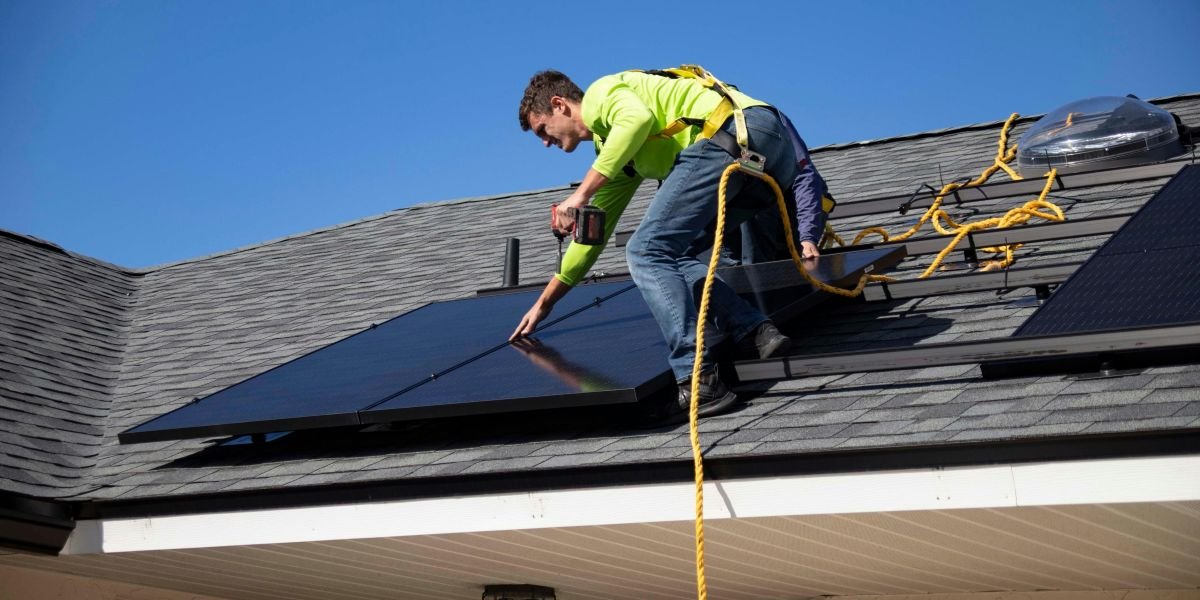The golden years should be a time of enjoyment and independence, and today’s aging adults have more resources than ever to support their autonomy. With the right strategies and support, seniors can continue leading vibrant, independent lives while ensuring their safety and well-being. Whether it’s through embracing new technologies or making smart adjustments to their living spaces, there are countless ways for seniors to maintain their independence well into their later years. Keep reading to explore the various strategies that empower aging adults to live with dignity and autonomy.
Embracing Technology to Enhance Daily Living for Aging Adults
Technology is swiftly becoming a cornerstone in fostering independence for the elderly population. Smartphones and tablets, equipped with large-font interfaces and voice recognition, provide convenient ways for seniors to stay connected with loved ones, manage appointments, and access entertainment. Moreover, these devices host a variety of applications tailored to senior needs, including health monitoring and medication reminders.
Among such applications is Uber for seniors, a service designed to provide transportation for those who may not be familiar with ride-sharing apps. This innovative solution gives aging individuals the freedom to travel to appointments, social events, and errands securely and without reliance on family or public transport. Furthermore, online shopping and food delivery services have made obtaining necessities both hassle-free and accessible for seniors.
Another aspect of technology enhancing senior living is the development of home automation systems. From remotely controlled heating and lighting to security cameras and smart locks, these systems facilitate day-to-day tasks, increase home security, and promote energy efficiency, all contributing to a senior’s ability to live independently. The integration of smart home technology not only provides convenience but also peace of mind for both seniors and their families.
However, adoption of technology by seniors requires patient education and family and community support. Local senior centers often offer workshops on these modern tools; online tutorials can be invaluable resources. Aging adults must be provided with the knowledge and assistance to navigate this digital age confidently.
Home Modifications and Tools to Support Senior Independence
Physical changes in the home environment can dramatically enhance the safety and autonomy of seniors. Home modifications such as installing grab bars in bathrooms, adjusting countertop heights, and ensuring adequate lighting in all house areas can prevent falls and make daily tasks more manageable for those with limited mobility.
A key to customization is focusing on the individual needs of the senior. Leveraging adaptable furniture and fixtures, like shower chairs and adjustable beds, can significantly improve quality of life. Kitchen tools designed with ergonomics in mind aid in meal preparation, while robotic vacuum cleaners and other maintenance technologies reduce the physical strain of housekeeping.
Engaging with a non-medical home care provider can be a valuable solution for aging adults seeking assistance beyond tangible tools and home adjustments. These services offer companionship, help with daily routines, and contribute to maintaining a safe living environment without impeding the senior’s sense of independence.
The development of voice-activated devices in smart home technology is significant. Seniors can now control aspects of their environment with simple voice commands, minimizing the need for physical exertion and dexterity. As home technologies evolve, it’s essential to stay updated on new innovations that can further enhance the lives of seniors living independently.
The Role of Personal Emergency Response Systems in Elderly Autonomy
Personal Emergency Response Systems (PERS) play a pivotal role in securing independence for seniors while giving their loved ones peace of mind. These wearable devices allow users to summon help at the push of a button 24/7, ensuring immediate response in the event of an emergency.
Modern PERS devices have evolved and now offer advanced features such as fall detection, GPS tracking, and even fitness tracking to monitor the user’s health and activity levels. They are designed to be discreet, comfortable, and waterproof, making them suitable for continuous use.
For seniors with chronic health conditions, PERS devices can be integrated with monitoring systems that alert healthcare providers of irregularities in vital signs. This preemptive approach to health management is crucial in preventing complications and ensuring prompt medical attention when necessary.
Despite the security offered by PERS, providing seniors with the proper training to use them effectively is essential. Elderly users should be comfortable with operating PERS devices and understand their functionalities. It’s also crucial for family members to regularly check these systems to ensure they are functioning correctly and the user hasn’t become reliant on their use through false alarms.
Altogether, integrating technology, home modifications, and personal emergency systems offers aging adults the tools to maintain independence while ensuring their safety. By embracing these solutions and providing ongoing support, seniors can enjoy fulfilling, autonomous lives in their golden years.
Published by Charlie N.










